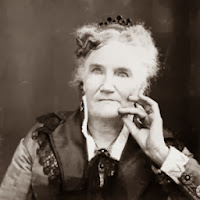 |
| image = allposters.com |
On this day (+3) in 1931, America was spiraling into the depths of the Depression. Thousands of banks had closed and there was a national panic that more closings might be imminent. And large corporations announced huge layoff programs, stunning many who thought they were safe. Those who had a job were grateful just to be employed.
Among those were a group of construction workers in New York City. As they stood amidst the rubble of demolished buildings in midtown Manhattan, they talked of how lucky they were that some rich guy had hired them for a new but risky development. And, since it was near Christmas, they decided to celebrate the fact that they had a job.
They got a Christmas tree from a guy in a lot on the corner who apparently had discovered that folks with apartments suitable for 18 foot trees were not too free with the green pictures of dead presidents in 1931. So the workers stood the big tree up in the rubble and decorated it with tin cans and other items on the lot.
A photographer saw it as a perfect symbol of 1931. It caught on immediately and each Christmas as the project proceeded a new tree was put up. And even after the project (Rockefeller Center) was completed, management put up a new (and much bigger) tree each year.
Many thanks to Mr. Cashin and UBS Financial Services who graciously allow his historical musings to be republished on this site. To enjoy more of Art's posts simply click on "Cashin's Comments" in the label section on the sidebar.




























